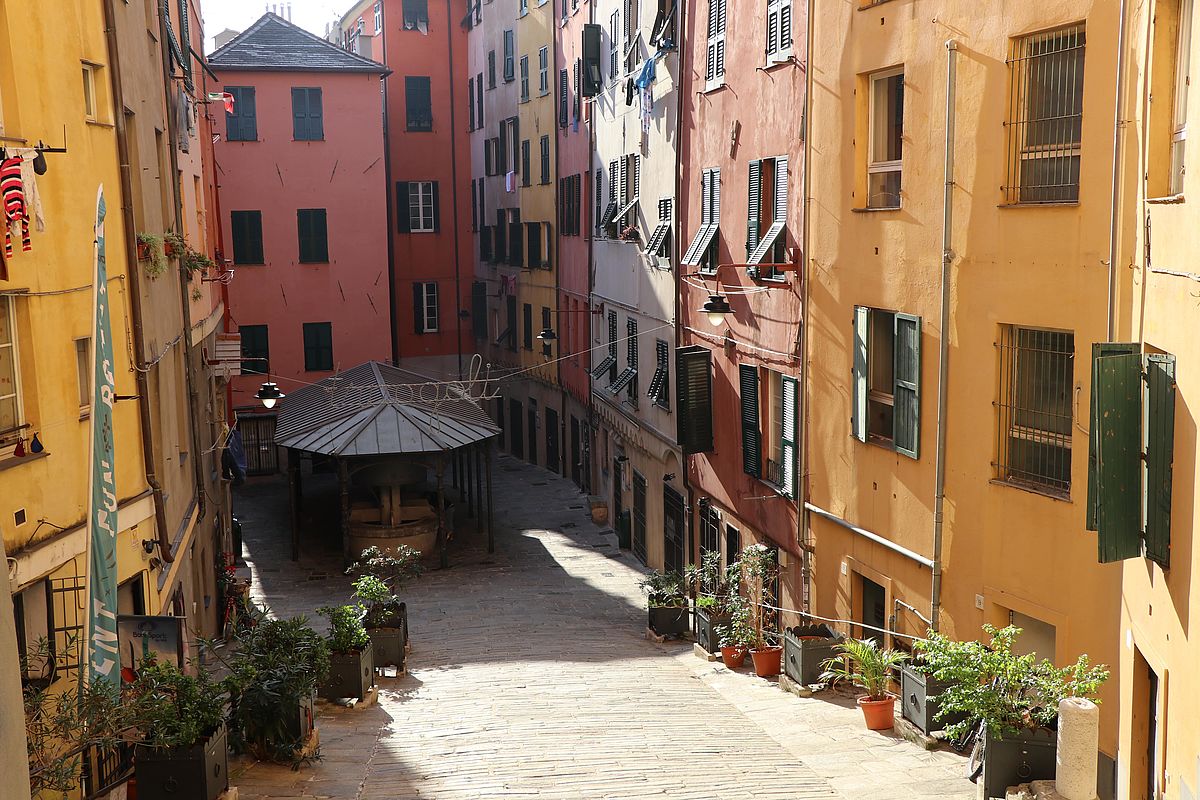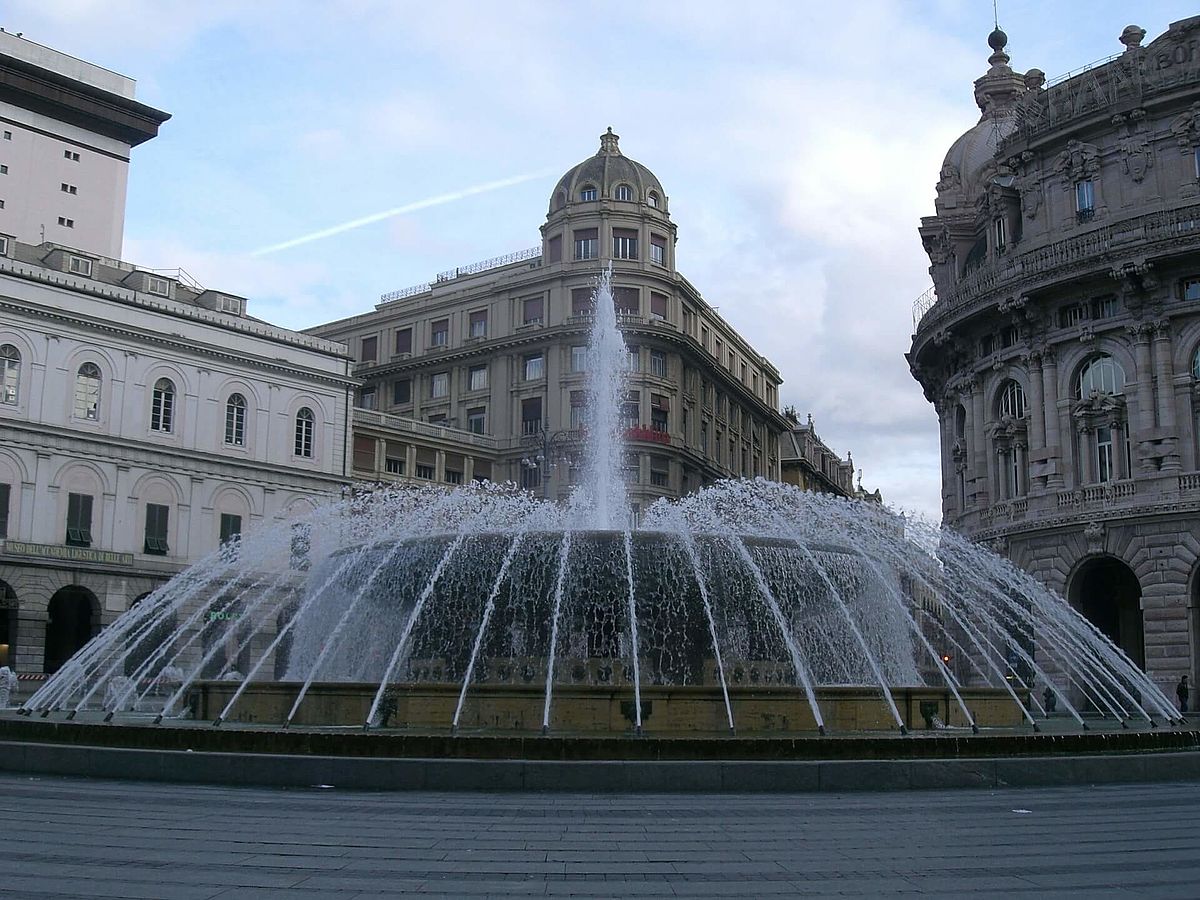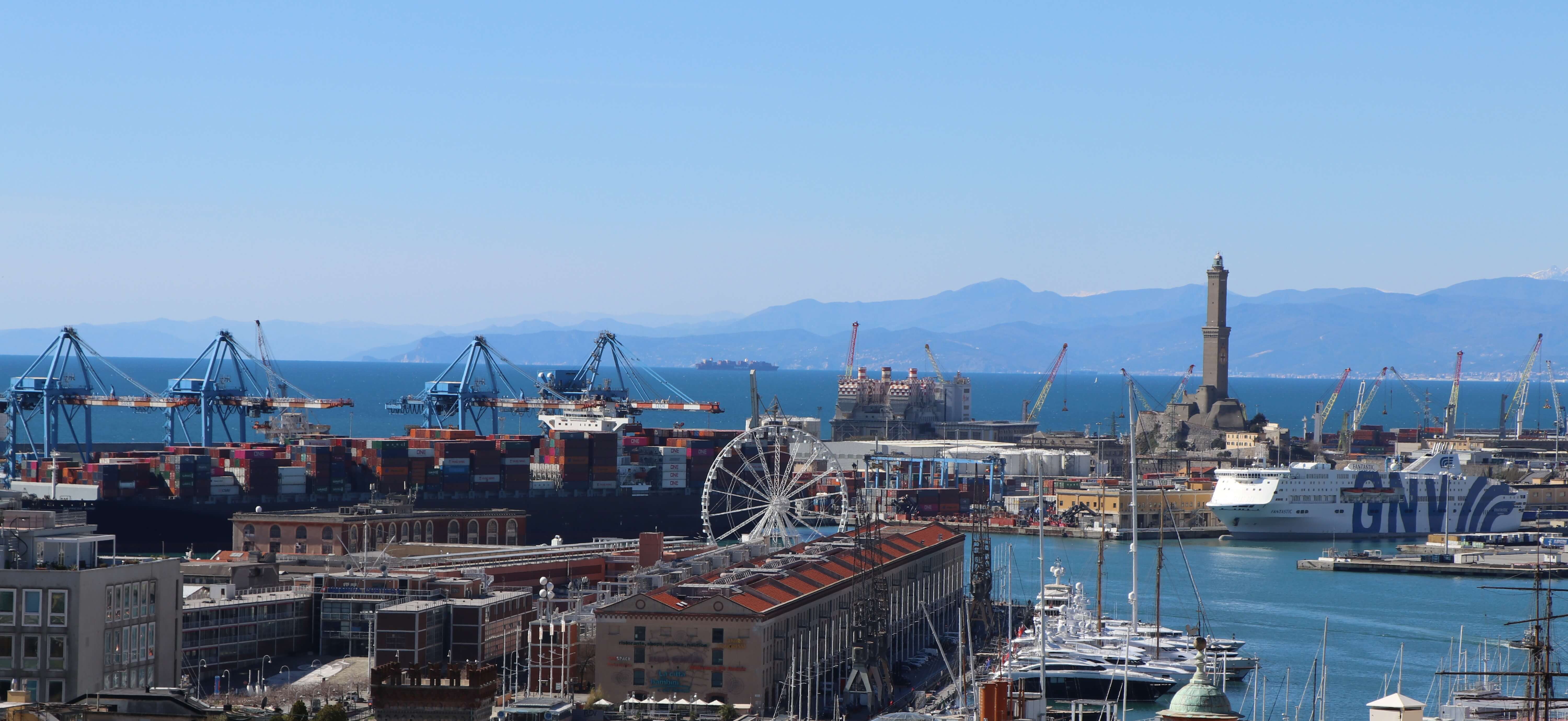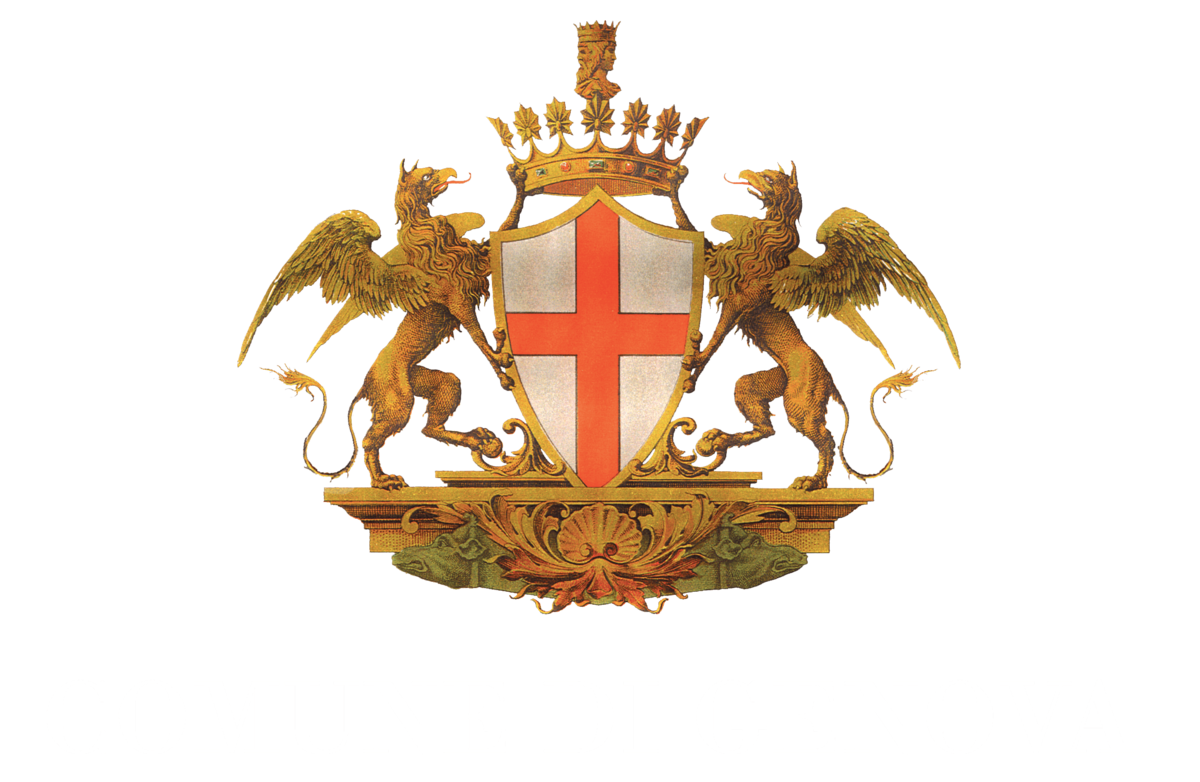Genoa, Italy
Genoa is the capital city of the Liguria region and the sixth-largest city in Italy. Genoa has historically been one of the most important ports on the Mediterranean: it is currently the busiest in Italy and in the Mediterranean Sea and the twelfth busiest in the Euopean Union. Part of the old town of Genoa was inscribed on the World Heritage List (UNESCO) in 2006 as “Genoa: Le Strade Nuove and the system of the Palazzi dei Rolli”. The city is highly committed to foster a new model of sustainable development through an innovative initiative investing in a smarter resilient future. In the main planning documents of the city such as the Urban Masterplan, SUMP, SECAP (formerly SEAP), and the Lighthouse City Strategy on resilience and sustainable development, there are many suggested measures to facilitate the transition to an urban regenerated territory. Both mitigation and adaptation measures are also forseen to face climate change effects and improve people's wellbeing by following a new path of development for a holistic resilience strategy of the city.
Transforming linear economies
In Genoa, the Circular Economy Transition started some years ago with internal improvement in regulations (CAM, Green requirements for goods, services, energy) and external pilot activities to help solve environmental issues and to achieve a better quality of life for the people who live or visit our territory. Nowadays it turns into an imperative to close all the loops, to transform linear unsustainable economies and behaviours into ones that are more circular for a medium long-term perspective. In the last four years the City participated in plenty of initiatives and European Projects, to test new governance models, new participatory approaches, and new ways to manage waste streams and how to re-engineer them in a circular effective way. Like other cities, Genoa started mapping needs and potentials to re-design its waste management routine and re-engineer the process of the Plastic, WEEE, Wood, Food waste streams; It also turned its efforts towards boosting prevention and upcycle activities, through the experiences gained i.e. in the FORCE project, funded by EU under the H2020 programme. Key learnings and achievements lie in the City's matured ability to increase both collection schemes and recycling rates and to improve reuse and upcycling of items and materials. The next step is to re-draw the vision in regards to the paradigm shift needed to match 2030’s and 2050’s EU targets.


Future and ongoing actions
The city of Genoa has a renewed industrial plan of the waste management in-house company transforming it into a more circular one closing all loops. Moreover, after the approval of the Lighthouse City Strategy, it is drawing a set of dedicated actions in its Action Plan for Genova 2050:
- the rational use and disposal of water,
- the delivery of new bioplastic materials for packaging from wood and organic waste,
- an integrated forestry management system for the city green yards,
- sustainable path from the city centre to its neighborood,
- food circular disposal and delivery,
- new skilling programme for technicians and practicioners,
- new engaging activities for students and so on.
- creative Hub&Lab also on circular activities,
- an editorial project in which related publications on future scenarios will become a new trial toolkit for practicioners and interested parties
To speed up these activities the city will adopt, when needed, a rational multi-level governance approach among the Municipality, the Metropolitan Area and the Region on specific pilot activities to test innovation in the processes. It will also enhance its commitment to the major networks at EU and National levels on circularity, among them also the Italian Circular Economy Stakeholder Platform.
.

